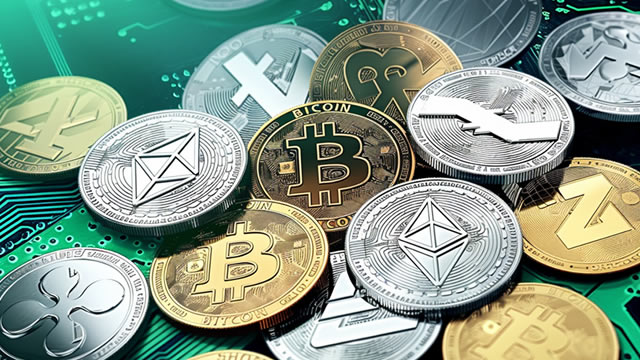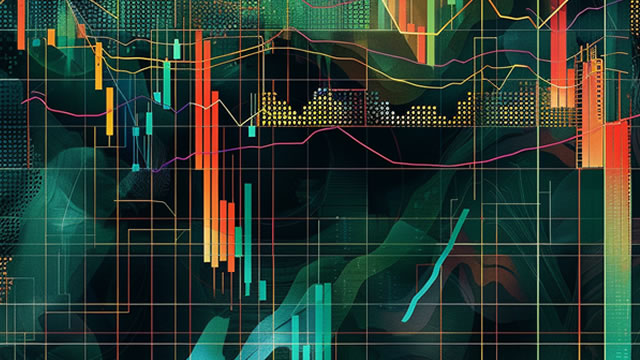
Ten Banks Explore G7 Stablecoins, But Will It Work? The Good, Bad, and Ugly
Ten Banks Explore G7 Stablecoins, But Will It Work? The Good, Bad, and Ugly

Ten of the world's largest banks, including Citi, Deutsche Bank, UBS, Barclays, MUFG, Santander, and Bank of America, are exploring the launch of stablecoins pegged to major G7 currencies.
Article Summary
Ten major global banks including Citi, Deutsche Bank, UBS, Barclays, MUFG, Santander, and Bank of America are actively exploring G7 stablecoin development, marking a significant shift in traditional banking's approach to cryptocurrency adoption. These blockchain-based digital assets would be pegged to major G7 currencies, potentially revolutionizing cross-border payments and DeFi integration. This institutional embrace of stablecoin technology could dramatically impact cryptocurrency markets, offering enhanced stability compared to volatile assets like Bitcoin. The initiative represents banks' strategic response to growing demand for digital currency solutions and CBDCs (Central Bank Digital Currencies). However, regulatory challenges and technical implementation hurdles remain significant obstacles. The G7 stablecoin project could accelerate mainstream cryptocurrency adoption while providing banks competitive advantages in digital asset services. Market implications include potential increased liquidity in DeFi protocols and stronger institutional backing for blockchain technology. Success would validate stablecoins as legitimate financial instruments, potentially influencing Bitcoin and altcoin market dynamics. This development signals banking sector recognition of cryptocurrency's transformative potential, though regulatory approval and technical feasibility will ultimately determine project viability and market impact.







